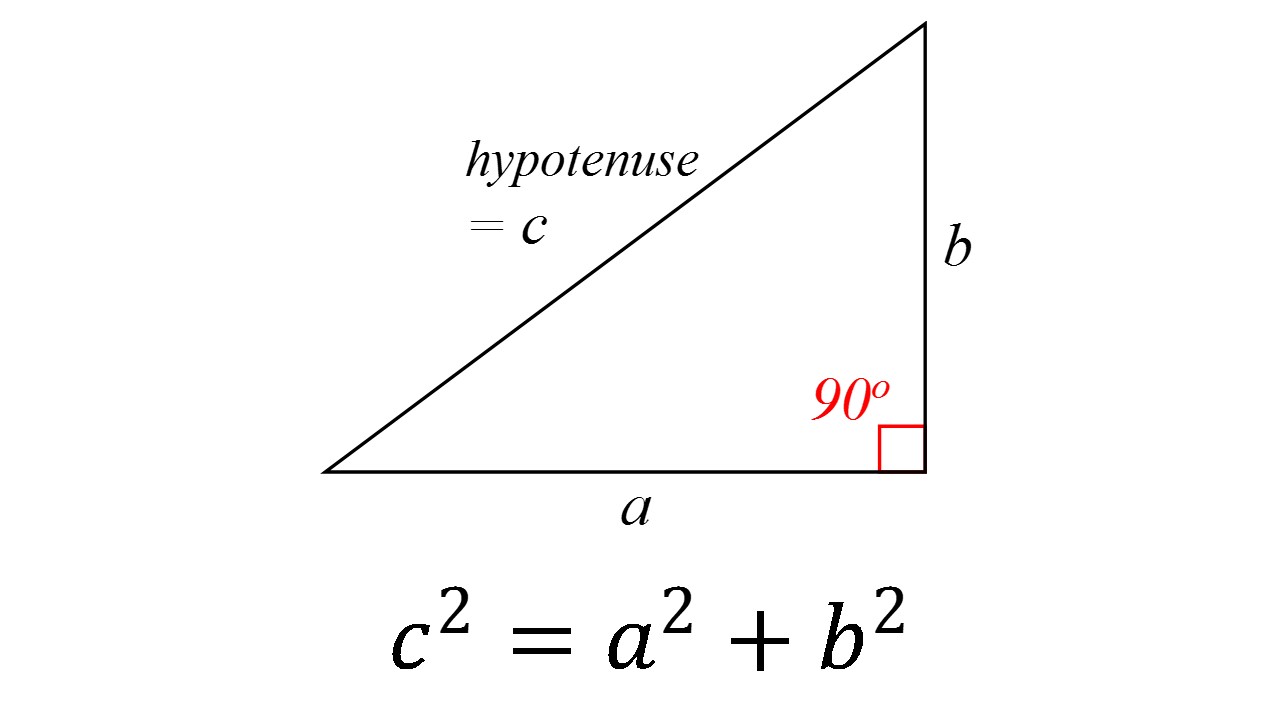How do you use the Pythagorean Theorem to determine if the following triangle with sides a, b, & c is a right triangle: a=5, b=10, c=15?
1 Answer
Apr 17, 2016
Explanation:
The Pythagorean Theorem applies to right angle triangles, where the sides

To test whether the given lengths of sides create a right triangle, we need to substitute them into the Pythagorean Theorem - if it works out then it is a right angle triangle:
In reality, if
which is smaller than the proposed value in the question. Therefore, this cannot be a right triangle.

